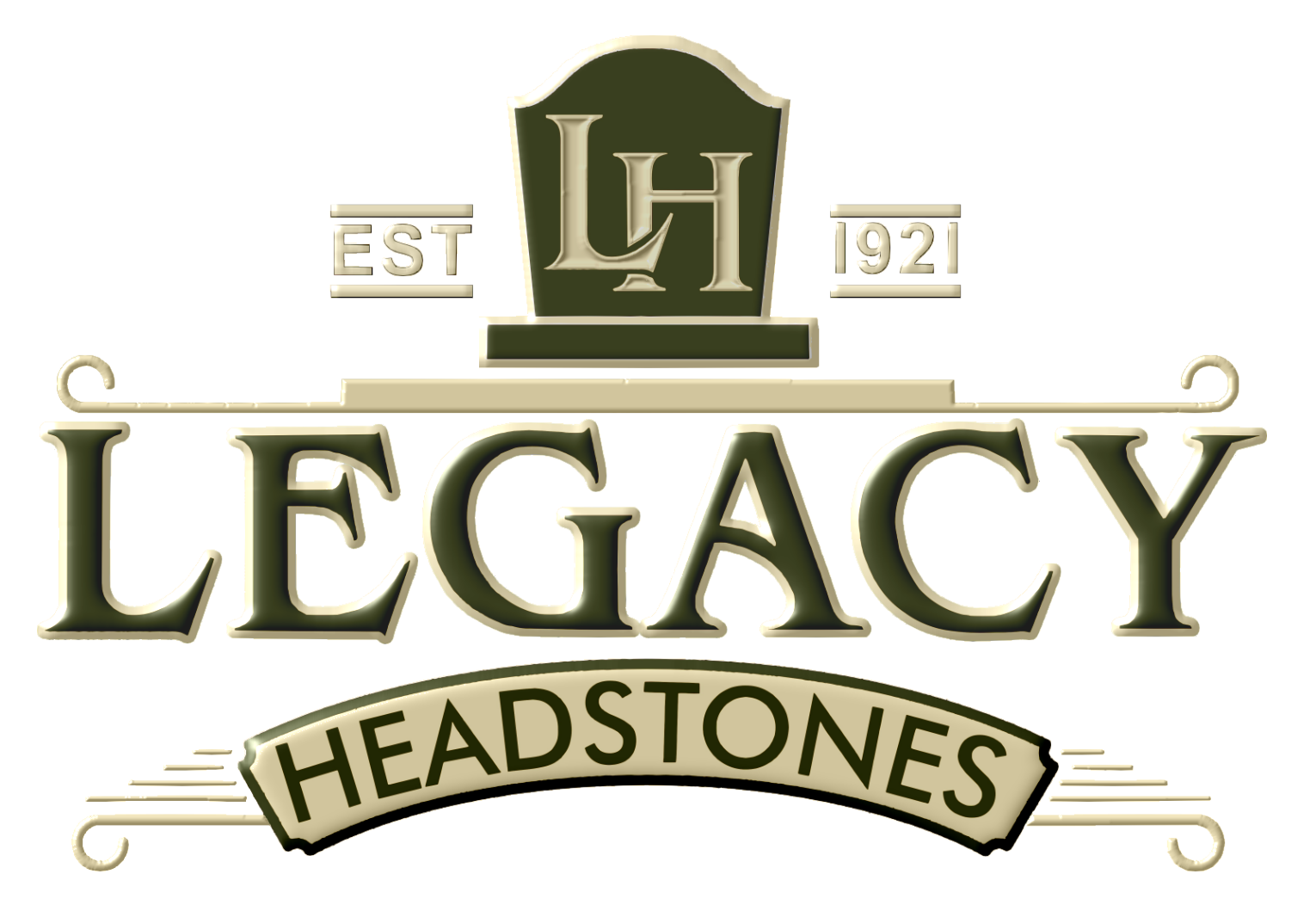The phrase "set in stone" evolved metaphorically over time to mean something unchangeable or fixed, reflecting the difficulty of altering inscriptions once they were chiseled into stone. Today, when people say something is "not set in stone," they imply that it is still flexible or subject to change.
When we think of the phrases "set in stone" or "written in stone," we understand them to mean something solid, permanent, or absolute. However, we don’t often consider the origin of this widely used phrase. As a family-owned and operated business with almost a century of experience crafting high-quality headstones, heritage and history are deeply important to us. Join us as we explore the origin of the phrase "set in stone."
Historical and Literary Usage of "Set in Stone"
This common phrase originates from ancient practices of carving laws, decrees, or important messages into stone tablets or monuments. Stone inscriptions were used by many early civilizations, including the Sumerians, Egyptians, and Greeks, because stone was a durable medium that preserved information for generations. One of the most famous examples is the Code of Hammurabi, a Babylonian legal text from around 1754 BCE, which was literally set in stone—carved into a large basalt stele. Similarly, many ancient inscriptions, including Roman decrees and Egyptian hieroglyphs, were etched into stone to signify permanence and authority.
Beyond its biblical and monumental origins, the phrase "set in stone" has been widely used throughout history and literature to emphasize the permanence of laws, agreements, and beliefs. In ancient societies, legal codes and proclamations were often inscribed on stone tablets or pillars to signify their unwavering authority. The phrase has also appeared in literary works, where it serves as a powerful metaphor for rigidity and finality. For example, in George Orwell's 1984, the concept of altering historical records challenges the idea of truth being "set in stone," reflecting the dangers of an ever-changing historical narrative. Similarly, Shakespeare’s works frequently allude to permanence and change, with stone often representing legacy and unbreakable vows. Over time, "set in stone" has continued to symbolize steadfastness, reinforcing its meaning across cultures and generations.
Religious Context of “Set in Stone”
If you write something in pencil or pen on paper, you can easily erase or change it. If you type something on a computer, you can delete or rewrite it at will. However, modifying words that are etched into stone requires great effort. Unsurprisingly, the origin of the phrase "set in stone" has deep biblical roots.
In the Bible, the book of Exodus recounts the story of the Ten Commandments. According to scripture, the first set of commandments was inscribed by God onto stone tablets. However, upon descending from Mount Sinai and witnessing the Israelites worshipping a golden idol, Moses smashed the tablets in anger. God later commanded Moses to carve a second set of tablets, which He then inscribed again with the divine laws. According to traditional Jewish teachings, these sacred tablets were made of blue sapphire, symbolizing the heavens and God's throne.
Because these commandments were set in stone, they were meant to be unchangeable, representing eternal divine law. This biblical story helped cement the phrase "set in stone" as a metaphor for something unalterable and absolute.
The Evolution of "Set in Stone" Through Monumental History
The phrase "set in stone" gained widespread popularity in the 18th century, coinciding with the growing use of stone and granite for tombstones. Historically, setting something in stone was the most permanent choice for preserving a message, but early headstones were crafted from materials like marble, slate, or even wood.
During the Civil War, wooden crosses were commonly used to mark graves on battlefields. However, as time progressed, deceased soldiers were increasingly memorialized with more enduring stone markers. Granite soon became the material of choice for headstones due to its durability and resistance to weathering. New England, rich in high-quality rock, became a hub for gravestone production, making stone markers more accessible and affordable. The Industrial Revolution shifted production from traditional hand-cutting techniques to mechanized stone cutting and polishing. These advancements allowed for more intricate designs and customization while ensuring longevity.
Unlike softer stones that erode over time, granite remains one of the most durable materials available for memorialization. True granite consists of fine-grained minerals that ensure inscriptions remain legible for centuries. High-quality granite headstones can endure for over 500 years without significant deterioration.
Stone Stands the Test of Time
At Legacy Headstones, we take pride in crafting beautiful and durable headstones that stand the test of time. Our memorials are guaranteed for a lifetime, ensuring your loved one's legacy remains "set in stone." If you are interested in customizing a headstone, our team is here to help. Contact us today to learn more about how you can create an everlasting tribute

